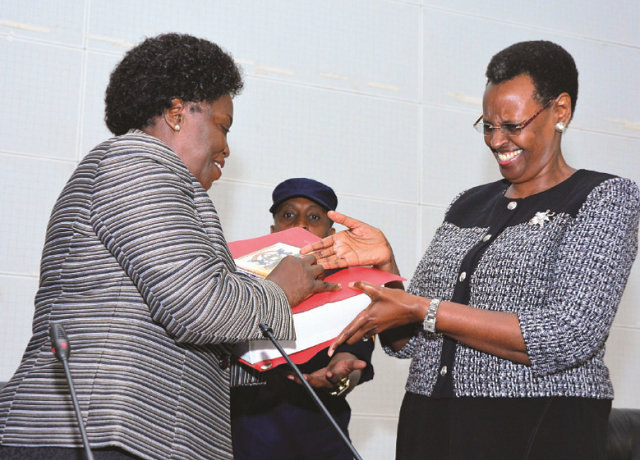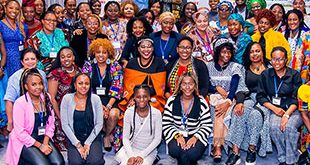
Municipality hails ‘top up innovation’ as its secret
Richard Alituha, the Fort Portal Principal Education Officer has been attending schools’ thanks giving parties one after another ever since the 2016 Primary Leaving Examinations (PLE) results were released on Jan.12.
His town of under 55,000 people located in Southwestern Uganda, about 300 Kilometres from the Capital Kampala and just a few kilometres from the border with DR Congo, did not only emerge among the best 10 across Uganda as has been happening over the last 10 years. Fort Portal emerged the best.
“All pupils who sat passed,” he told The Independent boastfully in a phone interview on Jan.14, “We recorded no ungraded.”
He explained that the Best school, Banyatereza Primary school sat 51 pupils, their average aggregates was 10.3, Njara Primary sat 79 pupils and passed with an average of 10.4, St. Charles Lwanga had 38 pupils and an average of 10.6, Green circle school sat 73 with an average of 10.8. Kabarole parents’ school sat 18 and passed with an average of 11.1.
Fort Portal’s stellar performance shows a continuation of a trend in which upcountry districts continue to beat what used to be the perennial winners specifically Kampala and Wakiso.
Fort Portal’s secret
For Alituha, whose area has 15 government-owned and 17 private primary schools, the trick to passing exams is simple – ensuring that teachers are present all the time.
He says for about five years, the municipality has been ranking among the top ten municipalities because for them unlike other areas quality education service is not a preserve of private schools. For public schools where pupils are supposed to access government’s free education under the Universal Primary Education (UPE) policy, he says, they have agreed with parents to make a small payment which ranges between Shs50, 000 and 10,000 per term depending on the catchment area, an initiative they call ‘top up’.
“The fee is fixed depending on the average income levels of the people where the school is located,” Alituha says, “70% of what parents contribute goes to the teacher”. With this, he says, a teacher is assured of at least Shs100, 000 extra pay every month.
Abdul Mayanja, a teacher at Buhinga Primary School and a beneficiary of the top up agrees with Alituha. He says teacher absenteeism was greatly tackled when parents started paying for extra studies. Mayanja has been teaching in government schools for the last twenty years and has observed the trend change.
“There’s a lot of internal inspection that came with the policy to ensure accountability,” he says, “at first politicians spoke against the top up, now they support the idea and even come up with other assistance like providing reading materials. Even parents have realized the need that school administrators don’t have to push so much for the money to be paid. They know they have to play their part”.
Alituha says the leadership came up with the initiative after realizing that money provided by government was not enough for the 15 schools. The municipality receives Shs12.2m for inspection and monitoring a year, about Shs100m as the UPE grant which goes directly to schools and Shs77m for infrastructure development and capacity building.
It is not what the tricks of the other members of the top ten club are but whatever their tricks are, they continue to work. The top Municipalities haven’t changed in the last three years, it is only their positions that have.
This year, Fort Portal, toppled Masaka, which was the best in 2015 followed by Mukono, Mbarara and Bushenyi. Fort Portal is followed by Entebbe, Ntungamo, Rukungiri, Jinja, Kabale, Masaka, Mbarara, Lira and Masindi as top municipalities.
In 2015, it was Masaka followed by Mukono, Mbarara, Bushenyi, Fort Portal, Kabale and Ntungamo.
And the year before, 2014, it was still Masaka followed by Bushenyi, Mbarara, Rukungiri, Kabale, Fort Portal, Ntungamo, Mukono, Lira and Entebbe municipalities respectively.
However, as was the case last year, the best schools are not from these districts. Still, they are not the traditional best performers that come to mind. They are mostly little known schools like. Happy hours primary school, for instance emerged the best school in the whole of Uganda followed by Lukman primary school.
 The Independent Uganda: You get the Truth we Pay the Price
The Independent Uganda: You get the Truth we Pay the Price



